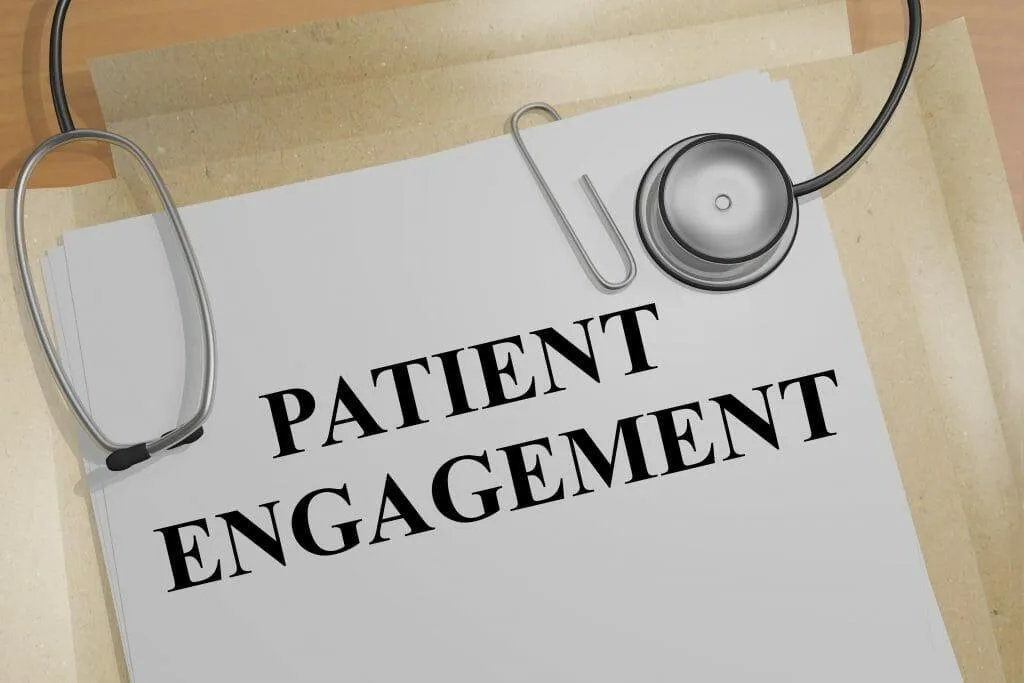The importance of patient engagement in healthcare is undeniably completely obvious to everyone already. It consists of patients being actively engaged. Not only in getting the necessary information, but also in making significant decisions about their symptoms, illnesses, as well as treatment options.
It’s a partnership
In addition to including a partnership between patients and their healthcare teams. It can also include the patient’s family and other representatives in the mix. Click here to get an analysis of this entire term.
 If you, as a healthcare worker, think about providing information as well as letting people know that their options were enough here, you were definitely wrong. Likewise, it isn’t enough for the patients to simply ask their questions and listen to the info they will receive. Of course, these are all some significant parts of the process, but they don’t quite indicate that the patient is being engaged. There is a lot more to it.
If you, as a healthcare worker, think about providing information as well as letting people know that their options were enough here, you were definitely wrong. Likewise, it isn’t enough for the patients to simply ask their questions and listen to the info they will receive. Of course, these are all some significant parts of the process, but they don’t quite indicate that the patient is being engaged. There is a lot more to it.
You need to properly educate your patients on whatever it is that they have to go through. You need to encourage them to build healthy habits, and you need to stimulate their involvement in the entire treatment process. Of course, this is a two-way street, meaning that it isn’t all your responsibility. Sure, healthcare workers play an enormous role in making this happen. As well as increasing engagement, the people who are getting treated play a role there as well, meaning that nothing is possible without them.
Roles of Communication

Photo by National Cancer Institute on Unsplash
In short, both sides, in this case, need to communicate openly and regularly. In order for the process to run smoothly and in order for the engagement to basically thrive.
So, the bottom line is that it is not all up to the healthcare workers, although we have made it quite clear that they do play an enormous role here. Yet, there are still some other factors to keep in mind. As we cannot deny the role that the actual patient plays in this process.
You can, however, work towards increasing engagement and thus improving activation: patientengagementhit.com
The reason why this entire concept is so important in healthcare anyway. Research shows that people have a role in the process of making decisions about their own health. They can also be expected to be much more cooperative in the treatment process.
Most importantly, they are highly likely to face a positive outcome afterward. To put it simply, patient engagement is certainly extremely important, and now that you know precisely what it means. It is time for you to get a short guide that will help you improve it. Basically, I’ll let you know about a few significant steps you might want to take when trying to improve engagement, so here we go.
Create Proper Patient Groups

Photo by Becca Tapert on Unsplash
To make a big difference, you need to start small. I don’t know if this applies to everything else in people’s lives. Although it definitely applies in this specific situation, I am now going to explain what I mean by that. Basically, you’ve created a strategy that could increase engagement and activation.
Your task now is to start implementing that specific strategy. In order to implement it, you need to create groups of patients at whom the strategy will be aimed at. If you’re just getting started, you can just create one group, see how things go, and then expand it from there.
When creating these groups, you should first identify a chronic disease that is common among your patients and choose the group that you want to work with. Of course, you could always go for those people that have multiple different chronic diseases, but here’s the main point. The group needs to be properly organized. There has to be a link among the people inside, i.e. a common denominator.
In short, it needs to make sense. After you’ve created a group, contact all the people and explain your intentions, because the entire point of engagement is to better communication. So you need to start communicating right away.
Create Care Teams
In addition to the groups explained above, you will also need to have proper care teams. So, create those and assign them to the groups that you’ve created previously. Make sure that every single member of the care team knows precisely what his or her role is in the process.
You want to make sure that they know what they need to do and that they will do their jobs perfectly. It is important for you to make a good choice here. Especially since you’re just getting started with the strategy because these people will also participate in teaching everyone else about patient engagement after their work shows success.
Provide Both Those Groups With Access To The Right Software Piece
Now, one of the most significant things that you’ll need to think about here is the software piece that you’ll be using in this process. As you can see if you have a look at relatient. There are tools and platforms out there that can help healthcare workers and their patients communicate better with one another. Which is a huge part of your strategy. You need to be pretty careful when making the choice here, i.e. when picking out the right software piece.
Since you need it to be not only effective but also quite easy to use. Especially if your patients are a bit older and not quite experienced with technological solutions. I’m sure that you’ll manage to find the perfect solution for everyone if you put some effort into it.
Keep On Doing The Same Thing Over Again
The three steps mentioned above are practically the most significant steps you need to take if you want to improve engagement and activation.
The thing is, though, that you’ll need to keep on repeating those steps if you really want your strategy to work and if you want to make a significant difference. So, don’t stop with creating one group. Instead, keep on doing the same thing over and over again, as that will bring the best results.



![women [longevity live]](https://longevitylive.com/wp-content/uploads/2020/01/photo-of-women-walking-down-the-street-1116984-100x100.jpg)










